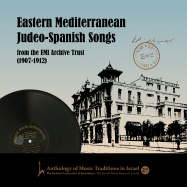(186 results found)
Lied ohne Worte (chassidisch)
… style is post-Romantic, supportive in harmony, rhythm and even in occasional in unison between the bass and …
“Die alte Kasche” (Volkslied) – The Old Question (Folksong)
… to the way the language is pronounced in speech. The rhythm and contour of the line Un az men vil / ken men doch …
Nahôn libbo is hujire – Whole-heartedly is the fearful believer
… F, slow versus fast tempo and symmetric versus asymmetric rhythms. Stutschewsky kept the mode, melodic contour, rhythm and fermatas as in Idelsohn’s source, apart from …
“Schlof majn Kind, ich wel dich wigen” (Wiegenlied) – Sleep my child, I will cradle you (Lullaby)
… provides a rocking cradle-sway feel through a persistent rhythmic pattern: ascending fifth or octave eighth notes in …
El Jiwneh Hagalil (Lied der galilaischen Arbeiter) – God will Build the Galilee (Galilee Worker’s Song)
… interpreting its diatonic cyclical contour and fundamental rhythmic structure. While Kisselgoff’s transcription quoted …
“Unter dem kinds Wiegele” – Beneath the Baby’s Cradle
… quarter notes and is reinstated with a quarter note triplet rhythm in the next phrase. This contemplative rhythmic expression is underlined with an idiomatic bowing … However, it is underlined by foreign tones as well as by rhythmic groupings independent from the melody’s phrasing. …
50. Bezokhri 'al mishkavi (Çakum Effendi)
… a slow, metered melody in makam Uşşak with an interesting rhythmic cycle of 15/4 (sometimes 16/4) per phrase. The …
27. El alma dolorida (CES)
… lines and stanza 6, four octasyllabic lines). The rhythmic instrumental refrain is repeated during the piece … with the first five stanzas that start in flexible rhythm and ornamented style in each first line moving into a more rhythmic style in the second line. La soledad de la nochada …
14. El nacimiento y la vocación de Abraham (CES)
… beat (see Weich-Shahak 2014, no. 8), and the second more rhythmical (see Weich-Shahak 2014 , no. 10). This recording …
10. La seducida en la fuente (CES)
… 14). The melody in this version, with its distinctive waltz rhythm and major scale, betrays its European pedigree. For a …



